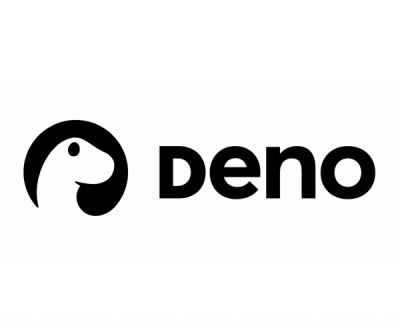
Security News
Meet Socket at Black Hat and DEF CON 2025 in Las Vegas
Meet Socket at Black Hat & DEF CON 2025 for 1:1s, insider security talks at Allegiant Stadium, and a private dinner with top minds in software supply chain security.

tetgenpy is a python wrapper for Hang Si's TetGen - A Quality Tetrahedral Mesh Generator and a 3D Delaunay Triangulator.
It helps to prepare various types of inputs - points, piecewise linear complexes (PLCs), and tetmesh - for tetrahedron mesh generation based on simple python types, such as list and numpy.ndarray.
pip install tetgenpy
For current development version,
pip install git+https://github.com/tataratat/tetgenpy.git@main
Following is an example for tetrahedralization of a unit cube defined as PLCs.
Alternatively, you could also use tetgenpy.PLC class to prepare TetgenIO.
import tetgenpy
import numpy as np
# tetrahedralize unit cube
# define points
points=[
[0.0, 0.0, 0.0],
[1.0, 0.0, 0.0],
[0.0, 1.0, 0.0],
[1.0, 1.0, 0.0],
[0.0, 0.0, 1.0],
[1.0, 0.0, 1.0],
[0.0, 1.0, 1.0],
[1.0, 1.0, 1.0],
]
# define facets - it can be list of polygons.
# here, they are hexa faces
facets = [
[1, 0, 2, 3],
[0, 1, 5, 4],
[2, 0, 4, 6],
[1, 3, 7, 5],
[3, 2, 6, 7],
[4, 5, 7, 6],
]
# prepare TetgenIO - input for tetgen
tetgen_in = tetgenpy.TetgenIO()
# set points, facets, and facet_markers.
# facet_markers can be useful for setting boundary conditions
tetgen_in.setup_plc(
points=points,
facets=facets,
facet_markers=[[i] for i in range(1, len(facets) + 1)],
)
# tetgen's tetraheralize function with switches
tetgen_out = tetgenpy.tetrahedralize("qa.05", tetgen_in)
# unpack output
print(tetgen_out.points())
print(tetgen_out.tetrahedra())
print(tetgen_out.trifaces())
print(tetgen_out.trifacemarkers())
This package also provides access to tetgen's binary executable. Try:
$ tetgen -h
vedovedo natively supports tetgenpy.TetgenIO types starting with version >=2023.5.1.
It is A python module for scientific analysis and visualization of эd objects that can be used to enhance further workflows.
You can find an example (same as above) here or simply try:
pip install vedo
vedo -r tetgen1
Write an issue or create a pull request! A simple guideline can be found at CONTRIBUTING.md
FAQs
tetgen python wrapper for points, PLCs and tetmesh inputs
We found that tetgenpy demonstrated a healthy version release cadence and project activity because the last version was released less than a year ago. It has 1 open source maintainer collaborating on the project.
Did you know?

Socket for GitHub automatically highlights issues in each pull request and monitors the health of all your open source dependencies. Discover the contents of your packages and block harmful activity before you install or update your dependencies.

Security News
Meet Socket at Black Hat & DEF CON 2025 for 1:1s, insider security talks at Allegiant Stadium, and a private dinner with top minds in software supply chain security.

Security News
CAI is a new open source AI framework that automates penetration testing tasks like scanning and exploitation up to 3,600× faster than humans.

Security News
Deno 2.4 brings back bundling, improves dependency updates and telemetry, and makes the runtime more practical for real-world JavaScript projects.